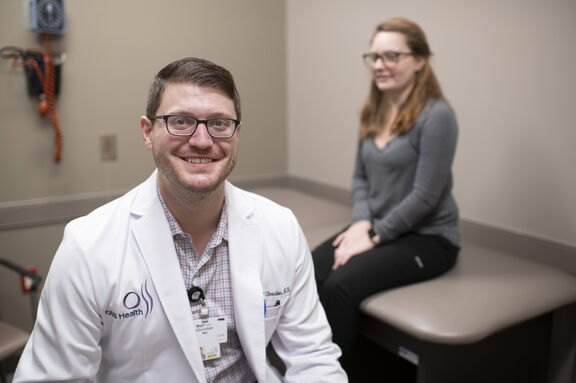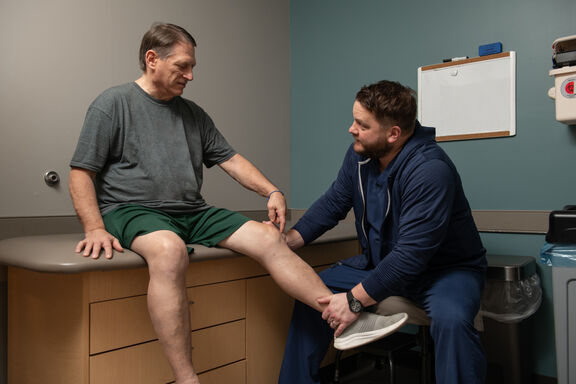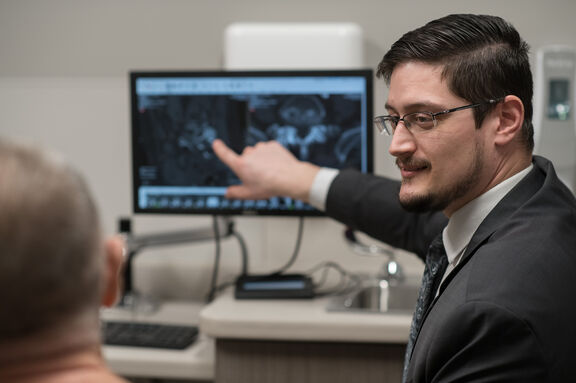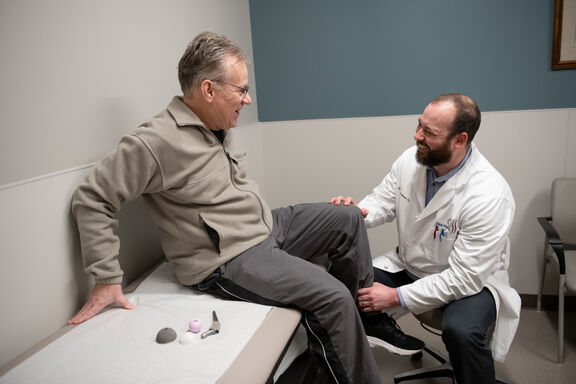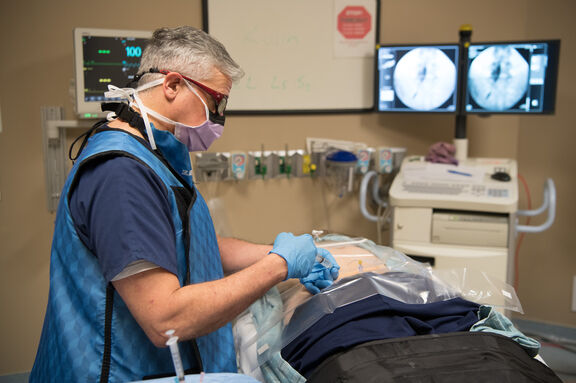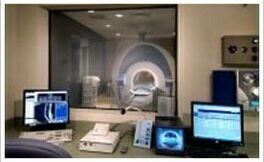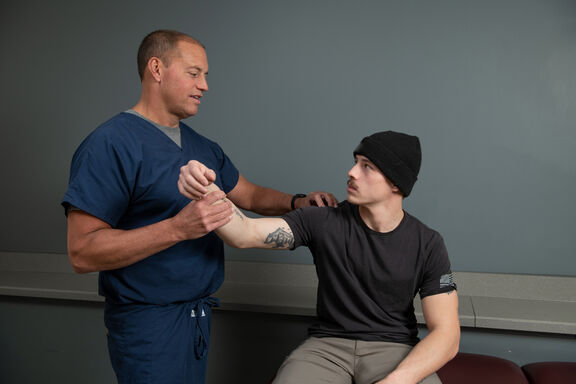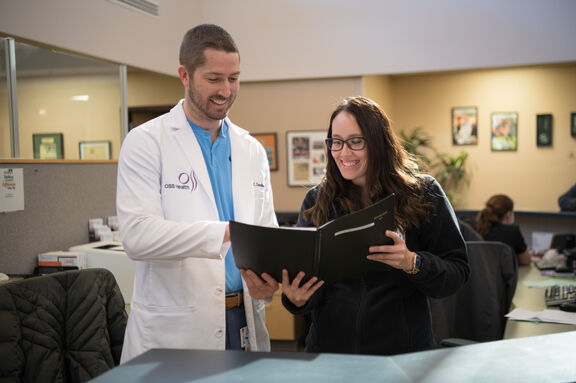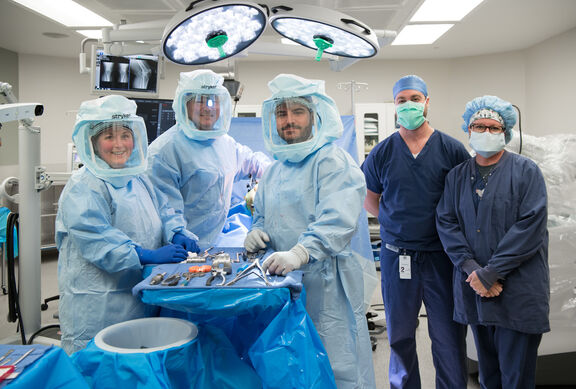Total Hip Replacement
Hip Treatments
What is a Total Hip Replacement?
Total Hip Replacement is a procedure that removes the bone and cartilage of the hip that has been damaged due to arthritis and replaces them with metal and plastic components. These components mimic the anatomy and function of a healthy hip so that you can return to activities without the pain caused by arthritis. The procedure is one of the most well-known and most effective in orthopaedic surgery because it dramatically improves hip pain and quality of life.
The Board Certified Orthopaedic Surgeons at OSS Health have performed thousands of Total Hip Replacements and are experts of this procedure using the latest advancements in surgical techniques. OSS Health is also certified by the Joint Commission specifically for Hip Replacement Surgery. We have also been named as one of the Top 100 Hospitals for Joint Replacement in the country by Healthgrades and have been the recipients of the Excellence Award in Joint Replacement from Healthgrades.
A Total Hip Replacement may be recommended to treat severe osteoarthritis, rheumatoid arthritis and post-traumatic arthritis that does not respond to nonsurgical treatment.
How is a Traditional Approach to Total Hip Replacement Performed at OSS Health?
At OSS Health, a Total Hip Replacement can be performed either as an outpatient or an inpatient procedure based on what you and your OSS Health surgeon feel is best for you.
During a Total Hip Replacement the following steps are performed:
- Incisions and joint exposure. Two small incisions are made around the hip. Muscles and tendons are retracted.
- Implant preparation. Damaged bone and bone spurs are removed and the head and neck of the femur (leg bone) are trimmed and replaced using a metal femoral stem.
- Implants. A metal or ceramic ball is placed over the femoral stem and serves as the new femoral head
- Socket preparation. The acetabulum (hip socket) is smoothed out and deepened and new metal socket is inserted.
- Spacer placement. A plastic spacer is placed and secured into the socket so the femoral head ball component can move properly and smoothly
Your OSS Health Joint Replacement Surgeon then takes X-rays to make sure the components are perfectly in place. Range of motion is also checked and the incision is then closed. Typical surgical time is approximately two hours. Physical Therapy is an important part of a successful recovery because it helps patients learn how to stand, balance, and walk. It also helps patients regain strength and range of motion.
How is the Anterior Approach to Hip Replacement is Performed at OSS Health?
The Anterior Approach to Total Hip Replacement Surgery is a newer technique and alternative to the traditional Total Hip Replacement Surgery that is offered by many of the Board Certified Joint Replacement Specialists at OSS Health. This technique may offer benefits such as quicker recovery and less pain.
In comparison to a Traditional Hip Replacement, the Anterior Approach to Hip Replacement Surgery is less invasive and requires smaller incisions. The major difference between the two approaches to Total Hip Replacement is that the anterior approach uses an incision in the front of the hip as opposed to the back or side of the hip. Because of the location of this incision, the surgeon does not need to detach any of the muscles or tendons with this technique and, because no major muscles are cut or detached, this reduces post-operative pain and leads to a faster recovery. Other than the location of the incision, the same steps as a Traditional Hip Replacement are followed.
Physical Therapy is an important part of a successful recovery because it helps patients learn how to stand, balance, and walk. It also helps patients regain strength and range of motion.

